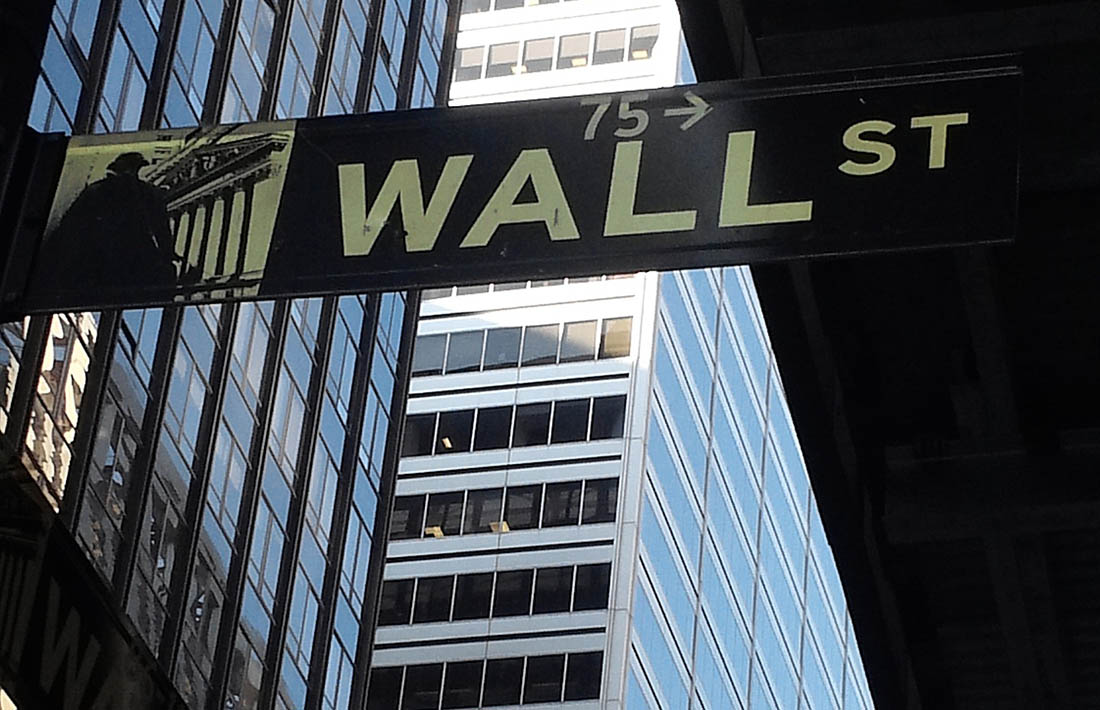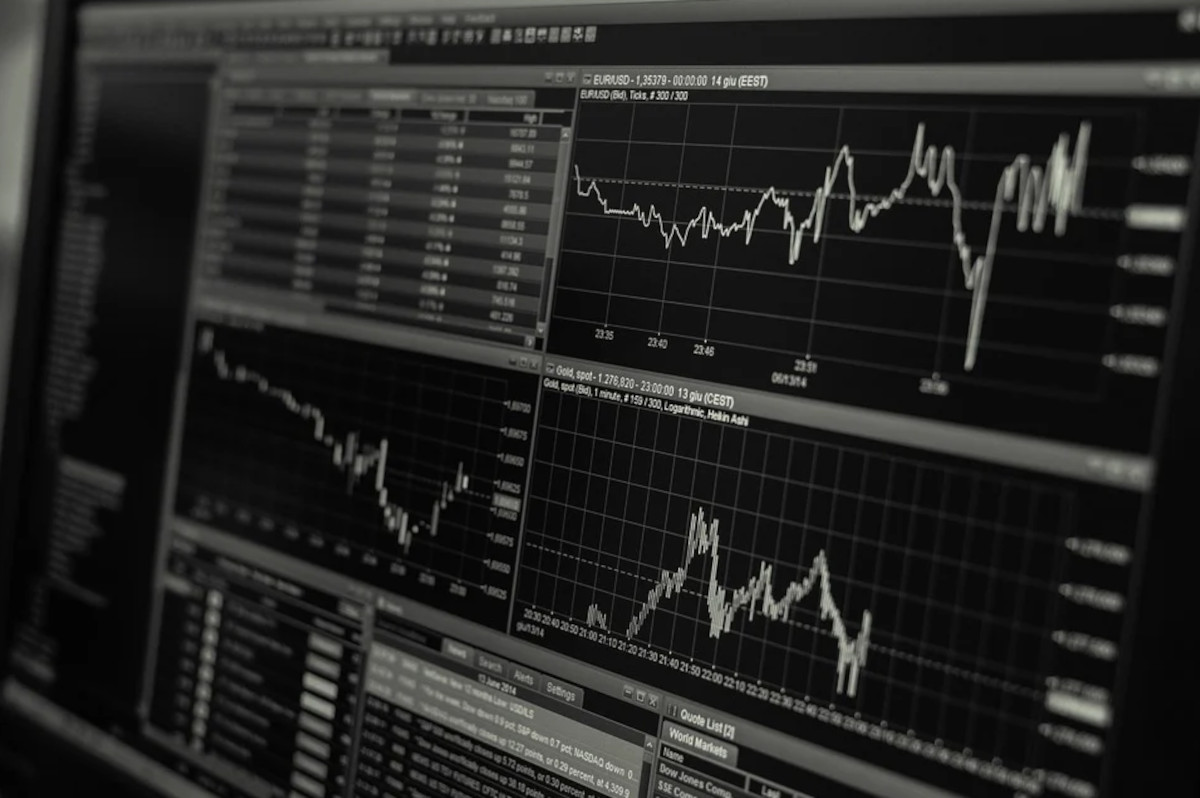(VIANEWS) – Betterware de Mexico, S.A.P.I de C.V. (BWMX), Bank of Hawaii Corporation (BOH), Lakeland Financial Corporation (LKFN) are the highest payout ratio stocks on this list.
Here’s the data we’ve collected of stocks with a high payout ratio up until now. The payout ratio in itself isn’t a promise of a future good investment but it’s an indicator of whether dividends are being paid and how the company chooses to distribute them.
When investigating a potential investment, the dividend payout ratio is a good statistic to know so here is a list of some companies with an above 30% payout ratio.
1. Betterware de Mexico, S.A.P.I de C.V. (BWMX)
180.89% Payout Ratio
Betterware de Mexico, S.A.B. de C.V. operates as a direct-to-consumer company in Mexico. The company focuses on the home organization segment with a product portfolio, including home organization, kitchen preparation, food containers, technology and mobility, and others. It serves approximately 3 million households through distributors and associates in approximately 800 communities throughout Mexico. The company was formerly known as Betterware de México, S.A.P.I. de C.V. Betterware de Mexico, S.A.B. de C.V. was founded in 1995 and is based in Zapopan, Mexico. Betterware de Mexico, S.A.B. de C.V. is a subsidiary of Invex Security Trust 2397.
Earnings Per Share
As for profitability, Betterware de Mexico, S.A.P.I de C.V. has a trailing twelve months EPS of $1.02.
PE Ratio
Betterware de Mexico, S.A.P.I de C.V. has a trailing twelve months price to earnings ratio of 8.2. Meaning,
the purchaser of the share is investing $8.2 for every dollar of annual earnings.
The company’s return on equity, which measures the profitability of a business relative to shareholder’s equity, for the twelve trailing months is 59.11%.
2. Bank of Hawaii Corporation (BOH)
51.09% Payout Ratio
Bank of Hawaii Corporation operates as the bank holding company for Bank of Hawaii that provides various financial products and services in Hawaii, Guam, and other Pacific Islands. It operates in three segments: Consumer Banking, Commercial Banking, and Treasury and Other. The Consumer Banking segment offers checking, savings, and time deposit accounts; residential mortgage loans, home equity lines of credit, automobile loans and leases, personal lines of credit, installment loans, small business loans and leases, and credit cards; private and international client banking, and trust services to individuals and families, and high-net-worth individuals; investment management and institutional investment advisory services to corporations, government entities, and foundations; and brokerage offering equities, mutual funds, life insurance, and annuity products. This segment operates 65 branch locations and 357 ATMs throughout Hawaii and the Pacific Islands, as well as through a customer service center, and online and mobile banking. The Commercial Banking segment provides corporate banking, commercial real estate loans, commercial lease financing, auto dealer financing, and deposit products. It offers commercial lending and deposit products to middle-market and large companies, and government entities; commercial real estate mortgages to investors, developers, and builders; and international banking and merchant services. The Treasury and Other segment offers corporate asset and liability management services, including interest rate risk management and foreign exchange services. Bank of Hawaii Corporation was founded in 1897 and is headquartered in Honolulu, Hawaii.
Earnings Per Share
As for profitability, Bank of Hawaii Corporation has a trailing twelve months EPS of $5.48.
PE Ratio
Bank of Hawaii Corporation has a trailing twelve months price to earnings ratio of 13.8. Meaning,
the purchaser of the share is investing $13.8 for every dollar of annual earnings.
The company’s return on equity, which measures the profitability of a business relative to shareholder’s equity, for the twelve trailing months is 15.42%.
Yearly Top and Bottom Value
Bank of Hawaii Corporation’s stock is valued at $75.61 at 19:23 EST, way under its 52-week high of $89.24 and above its 52-week low of $70.15.
Moving Average
Bank of Hawaii Corporation’s worth is under its 50-day moving average of $78.16 and under its 200-day moving average of $77.64.
Sales Growth
Bank of Hawaii Corporation’s sales growth is 6.5% for the present quarter and 3% for the next.
3. Lakeland Financial Corporation (LKFN)
38.69% Payout Ratio
Lakeland Financial Corporation operates as the bank holding company for Lake City Bank that provides various banking products and services. The company accepts various deposit products, such as noninterest bearing, interest-bearing checking, savings, money market, NOW, and demand deposits. Its loan products include commercial and industrial, commercial real estate and multi-family residential, agri-business and agricultural, consumer 1-4 family mortgage, and other consumer loans. The company also offers retail and merchant credit card services; corporate treasury management, wealth advisory, and trust services; retail brokerage services, including various financial and investment products, such as annuities and life insurance; and internet business banking and on-line treasury management services. It serves commercial real estate, manufacturing, agriculture, construction, retail, wholesale, finance and insurance, accommodation and food services, and health care industries. As of December 31, 2020, the company operated 50 offices in fifteen counties, including 44 offices in northern Indiana and six offices in central Indiana. Lakeland Financial Corporation was founded in 1872 and is headquartered in Warsaw, Indiana.
Earnings Per Share
As for profitability, Lakeland Financial Corporation has a trailing twelve months EPS of $3.98.
PE Ratio
Lakeland Financial Corporation has a trailing twelve months price to earnings ratio of 18.43. Meaning,
the purchaser of the share is investing $18.43 for every dollar of annual earnings.
The company’s return on equity, which measures the profitability of a business relative to shareholder’s equity, for the twelve trailing months is 16.99%.
Dividend Yield
As stated by Morningstar, Inc., the next dividend payment is on Jan 23, 2023, the estimated forward annual dividend rate is 1.84 and the estimated forward annual dividend yield is 2.48%.
4. TJX Companies (TJX)
38.39% Payout Ratio
The TJX Companies, Inc., together with its subsidiaries, operates as an off-price apparel and home fashions retailer. It operates through four segments: Marmaxx, HomeGoods, TJX Canada, and TJX International. The company sells family apparel, including footwear and accessories; home fashions, such as home basics, furniture, rugs, lighting products, giftware, soft home products, decorative accessories, tabletop, and cookware, as well as expanded pet, kids, and gourmet food departments; jewelry and accessories; and other merchandise. As of February 23, 2022, it operated 1,284 T.J. Maxx, 1,148 Marshalls, 850 HomeGoods, 59 Sierra, and 39 Homesense stores, as well as tjmaxx.com, marshalls.com, and sierra.com in the United States; 293 Winners, 147 HomeSense, and 106 Marshalls stores in Canada; 618 T.K. Maxx and 77 Homesense stores, as well as tkmaxx.com in Europe; and 68 T.K. Maxx stores in Australia. The company was incorporated in 1962 and is headquartered in Framingham, Massachusetts.
Earnings Per Share
As for profitability, TJX Companies has a trailing twelve months EPS of $0.07.
PE Ratio
TJX Companies has a trailing twelve months price to earnings ratio of 1174.57. Meaning,
the purchaser of the share is investing $1174.57 for every dollar of annual earnings.
The company’s return on equity, which measures the profitability of a business relative to shareholder’s equity, for the twelve trailing months is 56.94%.
Yearly Top and Bottom Value
TJX Companies’s stock is valued at $82.22 at 19:23 EST, under its 52-week high of $83.13 and way higher than its 52-week low of $53.69.
Moving Average
TJX Companies’s worth is higher than its 50-day moving average of $78.87 and way higher than its 200-day moving average of $66.77.











